Book Review: Chrysler's Turbine Car – The Rise and Fall of Detroit's Coolest Creation

First things first: having stuck my neck out a quite a bit with a piece I wrote last year The Truth About Why Chrysler Destroyed The Turbine Car, I approached this book with a mixture of eagerness and trepidation to find out if my own theory held any water. It does (whew!). This well researched book by Steve Lehto confirms it: the myth that Chrysler had the bronze beauties scrapped because of import duties that needed to be paid is utter junk and a baseless urban myth. It even confirms my speculation that the Ghia bodies cost about $20k each, and therefore any import duties would have been insignificant:
“The reality was the import duties at that point would have been peanuts. They didn’t want the cars hanging around, getting into people’s hands and messing up the image of the program, people getting them and putting V-8s into them, that was the real reason” (Chrysler’s) Bill Carry explained.
It also confirms that only six museums responded with Chrysler’s offer to donate them (without cost) for display. So feeling vindicated on those accounts, how does the book stack up otherwise? Like the turbine program itself, it never really got me fully spooled up.
OK, that might be my problem, having long ago decided that the whole Chrysler Turbine program was more about the promotional value and the zeitgeist of the jet age than the likelihood that the automobile turbine engine was ever going to be mass produced. And this book reinforced that more than ever, even if that wasn’t the intent. Even the subtitle “The Rise and Fall of Detroit’s Coolest Creation” unwittingly (presumably) reinforces my jaded perspective: jets were cool in the fifties and early sixties, and Chrysler wanted in on the coolness, regardless of the obvious obstacles to mass production.
If that’s a little harsh, I admit that some genuine progress came out of the program, but it wasn’t so much at Chrysler itself. Although George Huebner Jr. was the public face of the program, and milked it for all the personal and corporate glory and publicity possible, it was Sam Williams, a quiet scientist that really made the Chrysler turbine workable in its first few incarnations. But he left early on, and founded Williams International, which has found considerable success, especially with its micro-jet engines for small jets. His ability to see the inherent problems in adapting the turbine to automobiles and instead focus on replacing the piston engine in small airplanes perfectly underscores the whole turbine issue: it was always way too expensive to put in production, period. Airplanes? that’s a different story.
Chrysler really never faced that reality properly during the Turbine Car’s heyday for a good reason: the huge amount of publicity it generated nationwide for several years was grossly in excess of what it was spending, so who cared whether it was financially viable or not. Detroit, like most businesses, lives on the short term buzz, and the Turbine Car was giving it plenty of that. The book even speculates that Chrysler’s dramatic resurgence during the years of the Turbine Car program may be attributed to it, to one degree or another. Quite plausible.
A substantial part of its pages are spent documenting the experiences of the ordinary folks who got to “own” a Turbine for a few months. It was a hugely popular program, and those that had one never forgot it. The reason is simple: they became instant celebrities in their towns and cities, the forerunners of today’s reality show stars. The shortcomings of the cars themselves were mostly lost in the haze of excitement; no wonder so many wanted to buy them. When Chrysler asked them if they would hypothetically pay $20 k for one ($140k adjusted), they all blanched. That was more than most of their houses cost back then. And Chrysler was only feeling them out; even they didn’t know if they could actually build them for that amount even on a large scale.
The book also details those shortcomings, and they were very substantial. Fuel consumption in city driving was abysmal. The cars had to be fed diesel or kerosene; ironically, the leaded gasoline then would have damaged them. Yet the multi-fuel abilities of the turbine is extolled too often here; one too many references to them being able to run on perfume or tequila. How cool is that?
There’s lots of detail about what an effort behind the scenes it took to keep the Turbines running, and avoiding public scrutiny of that aspect.
A minor gripe with the book: calling them “jet cars”. A jet engine is one that specifically uses its thrust to propel a vehicle or plane. A gas turbine is related, but not the same. Call me a grouch, but…
The book may indulge in the”cool factor and it’s obvious from reading the publicity reviews on the back cover, that it will feed many folks’ notions that the turbine car program was madly cool and the innocent victim of changing government standards or other externalities. Shades of GM’s EV-1 program and “Who Killed The Electric Car?” Did they read a different version? What I kept getting out of it was the the program’s overwhelming limitations that assured its inevitable death. I guess this book is able to be interpreted in multiple ways. Or maybe they didn’t really read it.
But the conclusion is presented starkly here, even if one chooses to ignore it: Chrysler finally admitted what it knew all along: the key parts of the turbine were way to expensive to build cost-effectively.
And since then, the internal combustion engine has solved all the problems that bedeviled it back the. Today’s engines are quiet, smooth, economical, multi-fuel capable, long-lived, reliable, clean and very cheap to build. The turbine’s appeal as a replacement, regardless of building cost, evaporated with modern electronic controls and new technologies.
That’s not to count out the turbine in the future; but if it does become a viable option, presumably it won’t be because of its “coolness”. Note that I said “presumably”. Hydrogen fuel calls were mighty cool just a few years ago. And we’re about to embark on a very large scale public (and publicly-subsidized) test of EVs. The turbine will undoubtedly not be Detroit’s last “cool” creation.
So the book successfully reinforced my own skepticism about the Turbine program, although that was probably not the author’s intent. It’s a common problem: are we looking for facts or coolness? The facts are here, but getting them to support the cool factor not so much so.
Published by Chicago Review Press; who supplied the book.

More by Paul Niedermeyer
Latest Car Reviews
Read moreLatest Product Reviews
Read moreRecent Comments
- Corey Lewis It's not competitive against others in the class, as my review discussed. https://www.thetruthaboutcars.com/cars/chevrolet/rental-review-the-2023-chevrolet-malibu-last-domestic-midsize-standing-44502760
- Turbo Is Black Magic My wife had one of these back in 06, did a ton of work to it… supercharger, full exhaust, full suspension.. it was a blast to drive even though it was still hilariously slow. Great for drive in nights, open the hatch fold the seats flat and just relax.Also this thing is a great example of how far we have come in crash safety even since just 2005… go look at these old crash tests now and I cringe at what a modern electric tank would do to this thing.
- MaintenanceCosts Whenever the topic of the xB comes up…Me: "The style is fun. The combination of the box shape and the aggressive detailing is very JDM."Wife: "Those are ghetto."Me: "They're smaller than a Corolla outside and have the space of a RAV4 inside."Wife: "Those are ghetto."Me: "They're kind of fun to drive with a stick."Wife: "Those are ghetto."It's one of a few cars (including its fellow box, the Ford Flex) on which we will just never see eye to eye.
- Oberkanone The alternative is a more expensive SUV. Yes, it will be missed.
- Ajla I did like this one.


















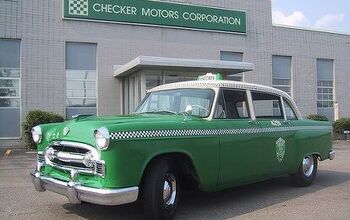

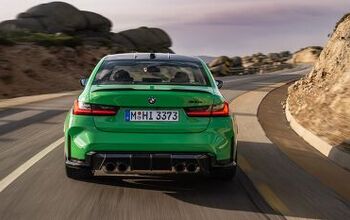

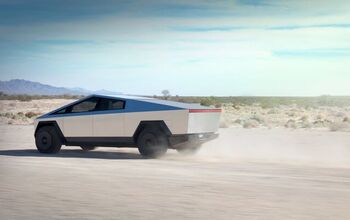
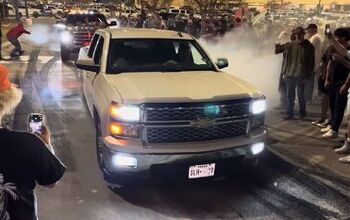
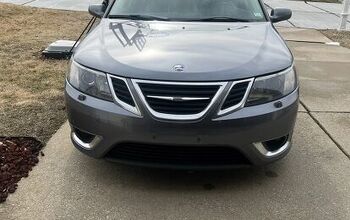
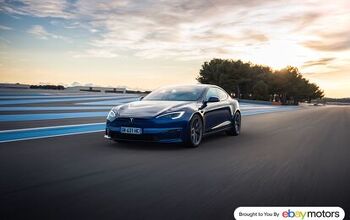
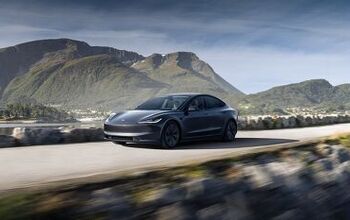
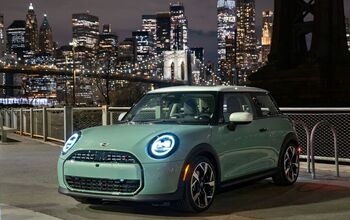
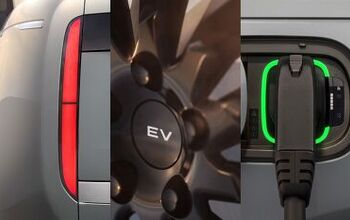

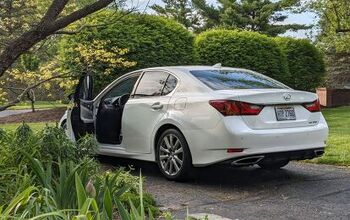
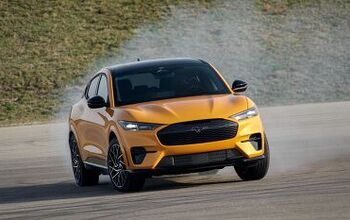
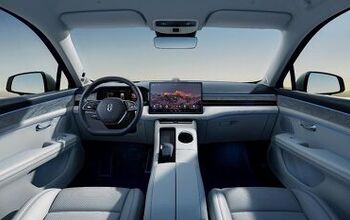

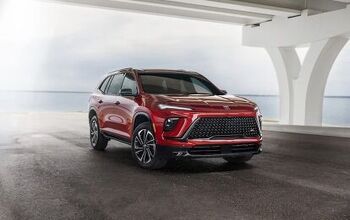
Comments
Join the conversation
Mike, Ford and GM were working on turbines - as was Rover (particularly), Nissan, Toyota, Volvo and Fiat, plus Austin in the UK and others. In fact, the TRUE "nearly first" gas turbine car could easily have been a ROVER in 1963, while Chrysler was playing with loaners. In fact, the Rover 2S/150R (2 shaft, 150hp regenerative) gas turbine engine developed for automotive use DID get put into production by Rover - as auxiliary power units, etc., and for use as pumping engines, etc. In fact, Rotax (later of snowmobile engine manufacturing fame) built a licensed version of this engine rated at 70 to 100 hp for such use, in Canada. The Rover car which came out as the Rover 2000 was somewhat similar to what would have been built as a turbine car with front wheel drive. The articulated joint atop the double A-arm front suspension pushed against a coil spring attached to the firewall in a bid to free up much needed room for the rather wide and physically large gas turbine engine. This in fact was retained in the rear wheel drive Rover 2000, with the tunnel being used for driveshaft instead of outsized exhaust.
Don't forget Fiat, they also had a turbine. Consider today small turbines for model aircraft abound. If a turbine was not going in a passenger aircraft it's costs could be shrunk, especialy with ceramics. Now imagine a Volt, powered by say a 50HP turbine. The weight savings would mean less battery and lower weight, or for the same weight much more battery. Or btter yet a fisker karma, an upscale car where a 10K engine is going to make sense, and the tech feature make it appealing. The drawbacks to turbines are startup, throttle response and poor fuel economy at low a varied power settings. A turbine hybrid gets past all those problems, the car starts off on battery, so no spool up issues, the turbine only ever runs a its most efficient speed, and primary drive is electric so no response issue. the benefits of a turbine, excellent fuel economy when used at efficient speed, and excellent regulation of emissions at same speed. It all makes sense, but in a premium product/